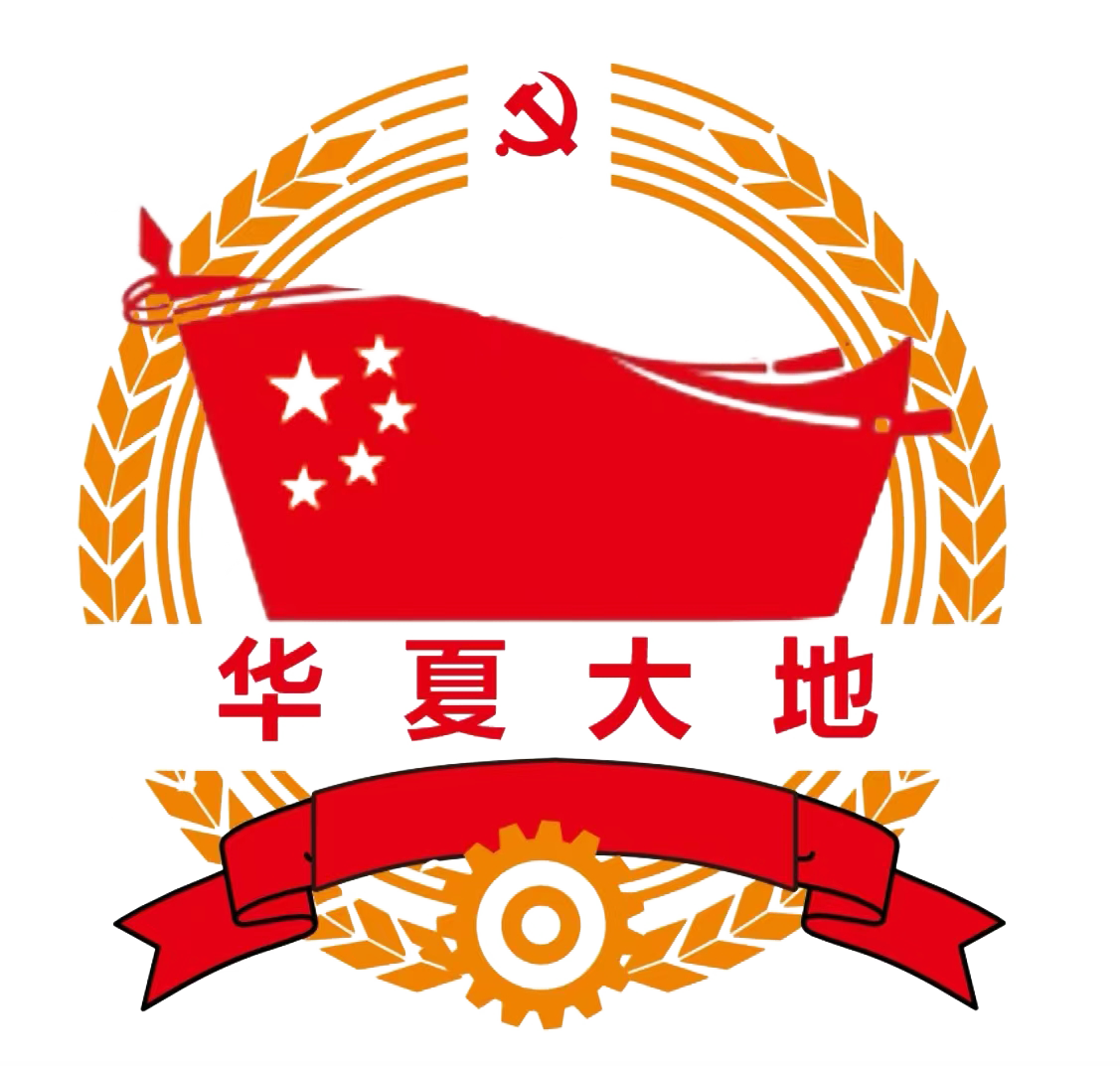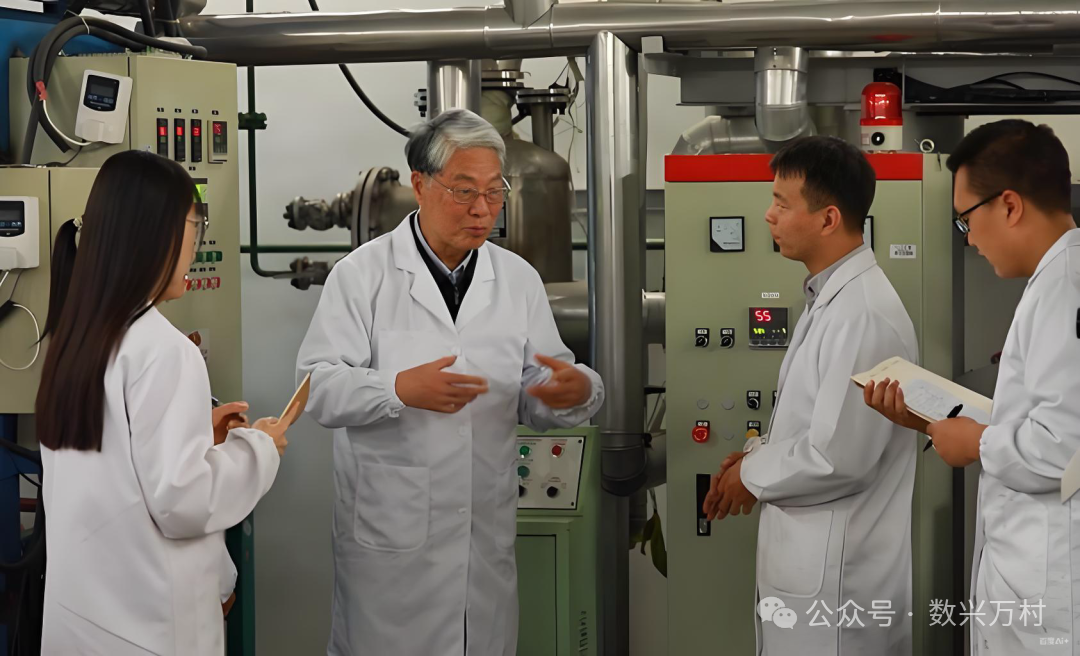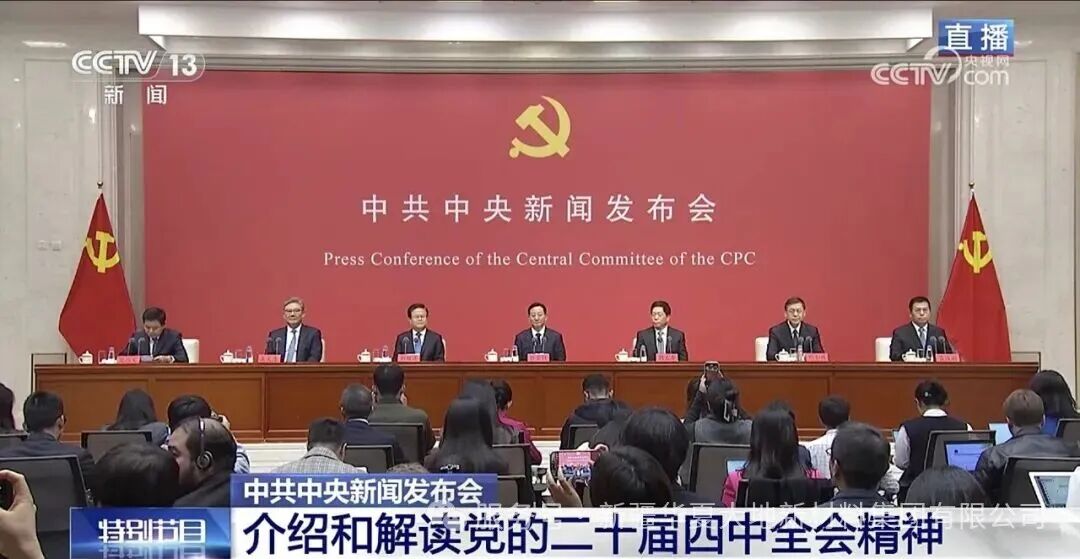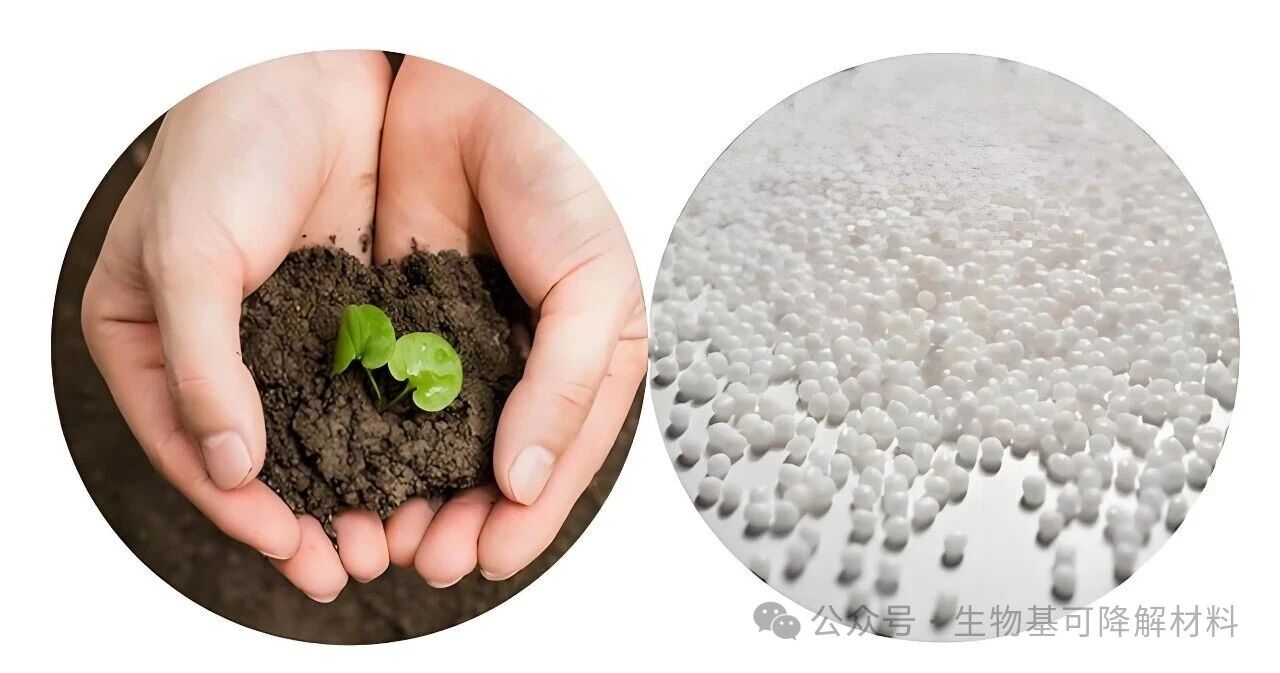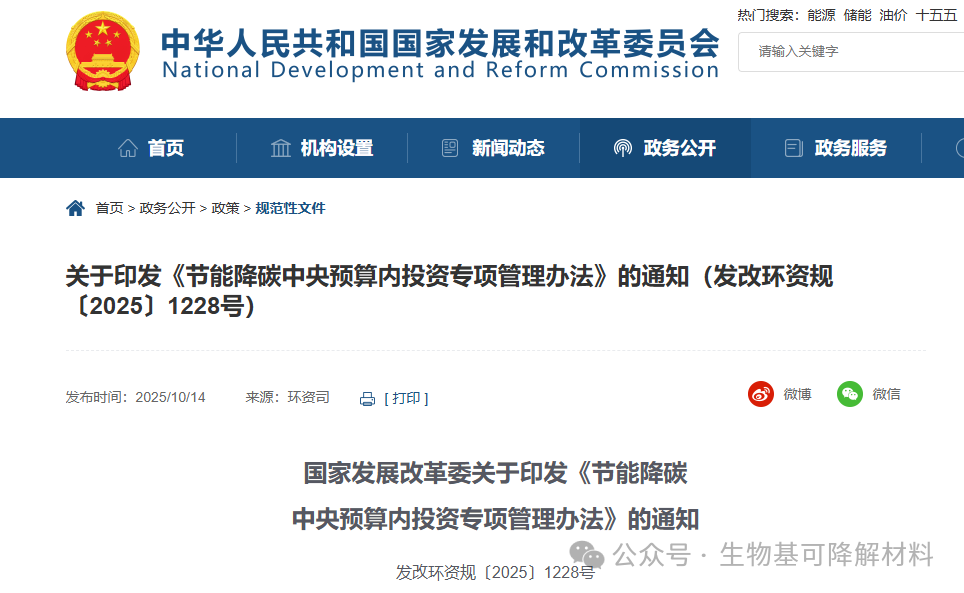Plastic pollution control has become an important issue in China's ecological civilization construction. In January 2020, the National Development and Reform Commission and the Ministry of Ecology and Environment jointly issued the "Opinions on Further Strengthening Plastic Pollution Control", which set out a roadmap for the prohibition and restriction of non-degradable disposable plastic products and proposed a governance policy oriented towards "reusability, recyclability, and degradability".As the deadline of 2025 approaches, the plastic pollution control efforts have entered a crucial stage.
01
THE FIRST
Technological Challenges in Plastic Pollution Management
Alternative solutions to disposable plastic products need to take into account the usage scenarios, technical feasibility and economic viability. Taking Shanghai as an example, the daily number of takeout orders is huge. The disposable plastic tableware used after consumption causes severe pollution, has high cleaning costs and low recycling value. Moreover, these products will also cause persistent pollution when they enter the environment.
The various alternative solutions that have emerged in the market each have their own limitations. Although traditional paper products are biodegradable, the lamination process makes their recycling a technical challenge. The recently introduced acrylic water-based coating solution is not only costly but also its environmental performance needs further verification.
02
THE SECOND
The technical advantages of polylactic acid materials
Polylactic acid (PLA), as a biodegradable material, exhibits unique technical properties. This material is made from renewable plant sources such as corn and straw, and throughout its entire lifecycle, it has a relatively low carbon footprint.
Polylactic acid is relatively stable at room temperature, but it can rapidly degrade into carbon dioxide, water and organic matter under slightly higher temperature conditions, acidic or alkaline environments, and in the presence of microorganisms. Therefore, polylactic acid materials can be safely used within their effective period, and can be promptly degraded after being discarded.
03
THE THIRD
Industrialization Progress and Economic Analysis
With technological advancements and the expansion of industrial scale, polylactic acid materials have overcome the cost barrier. Domestic enterprises, through technological innovation, have achieved coordinated development of all links in the industrial chain, enabling polylactic acid products to possess the economic competitiveness to compete with traditional plastics.
At present, products such as disposable plastic containers, tableware and paper cups made of polylactic acid have achieved large-scale production, and their performance indicators fully meet the usage requirements. Compared with other degradable materials, polylactic acid has obvious advantages in terms of technical maturity, industrial support and economy.
04
THE FOURTH
/ Practice and Exploration in Shanghai Area /
As a pioneer in ecological civilization construction, Shanghai has carried out numerous explorations in the governance of plastic pollution. Through the combination of policy guidance and market mechanisms, it has promoted the research and application of degradable materials. Local enterprises have actively engaged in the development and production of polylactic acid products, forming a complete industrial chain.
In practical applications, polylactic acid products have demonstrated excellent applicability. Test data shows that replacing traditional plastic products with polylactic acid can reduce carbon emissions by more than 30%, and in terms of performance, they fully meet consumer demands.
05
THE FIFTH
Prospects and Suggestions
With technological advancements and the maturation of industries, polylactic acid materials will play a more significant role in plastic pollution control. In the future, it is necessary to further improve the standard system and establish a full life cycle management mechanism to ensure environmental friendliness throughout the entire process from raw material acquisition to final disposal.
At the same time, it is suggested to strengthen the cooperation among industry, academia and research institutions, continuously improving the material performance and reducing the production costs. It is also necessary to improve the construction of recycling facilities and form a complete recycling system. Through multi-party collaboration, the goal of plastic pollution control can be achieved.
In conclusion, polylactic acid materials, due to their excellent environmental performance, increasingly mature technology and continuously improving economic efficiency, have become an important solution for plastic pollution control. With the promotion of relevant policies and the advancement of technology, this material will demonstrate a broader application prospect in replacing traditional plastic products.
